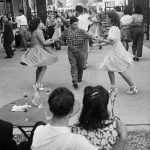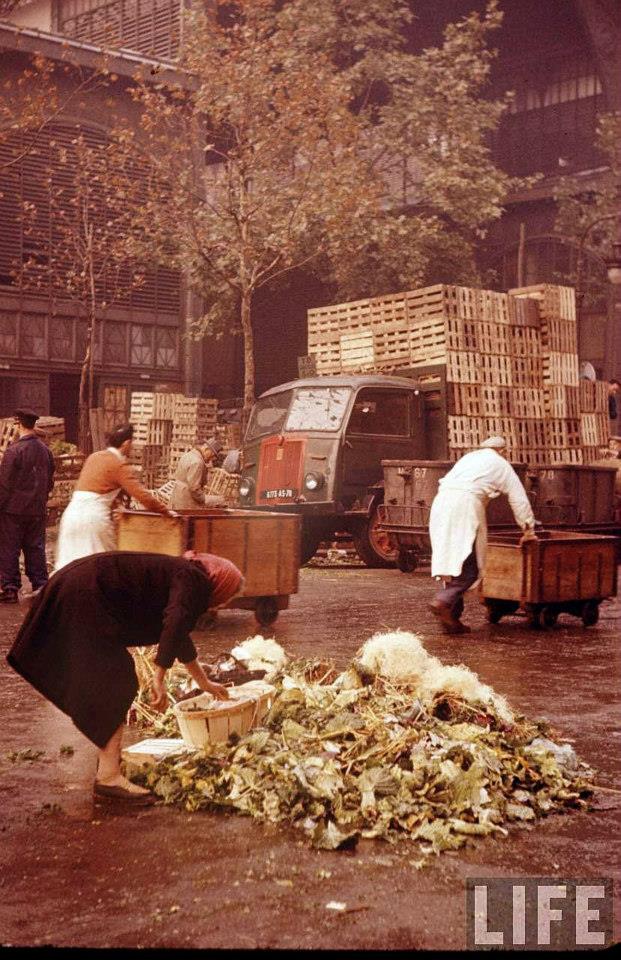
It was known as the “Belly of Paris”, as famously christened by the French novelist Émile Zola; Les Halles was the food market of 19th century Paris, the hub of all food distribution in the city and one of the true wonders of working class Paris.
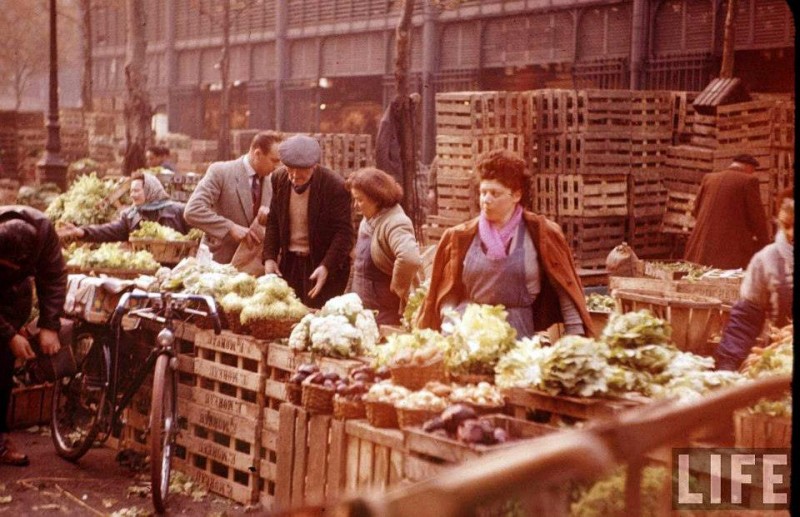
These photographs taken by American Life photographer Thomas Mcavoy in 1956 were taken in the wee hours of the morning as the market was beginning to wind down from its most hectic shift. While the city slept, the meat and fish markets would go into full steam, trading and selling thousands of tons of wholesale produce in the middle of the night under the gigantic steel arches.
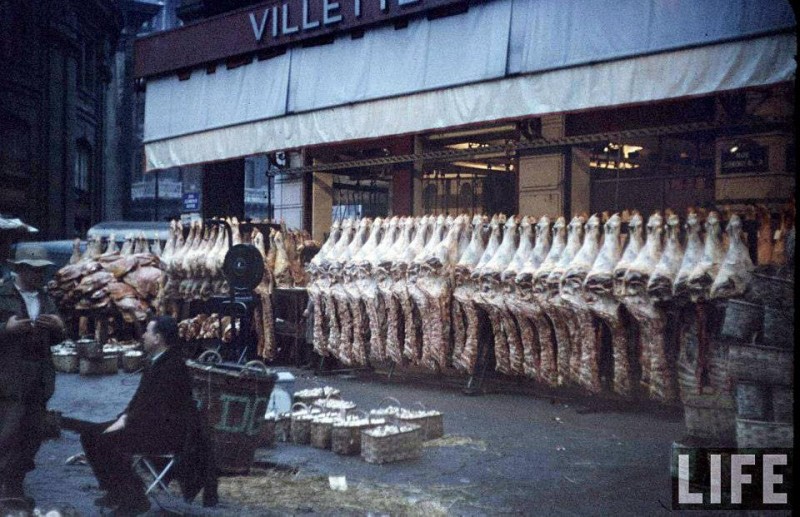
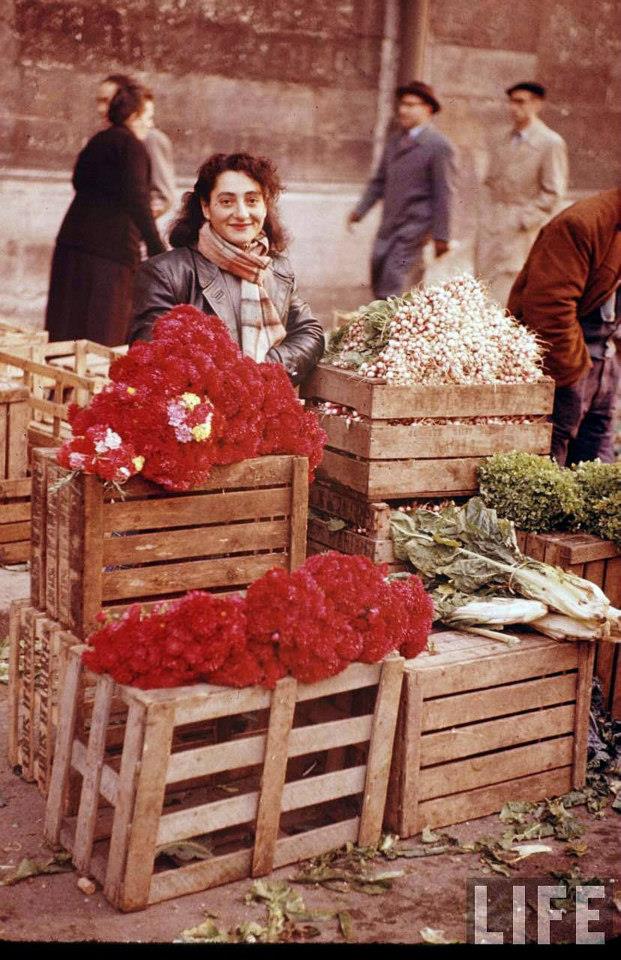
As dawn broke outside the pavilion, a labyrinth of colourful farmer and merchant stalls contributed to the bustling ambience of Les Halles, a seemingly indestructible monument to the great tradition of French markets.
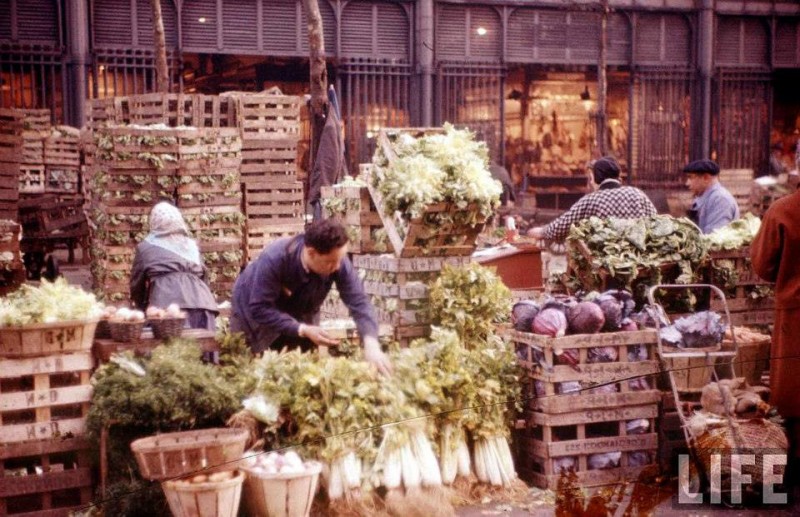
And yet, within ten years of these photographs being taken, this 800 year-old glorious food market would indeed disappear. Partly a victim of its own success, the volume of traffic to and from the market began to cause chaos in the centre of Paris. In a new market economy, Les Halles became outdates and its facilities were in need of massive repairs.
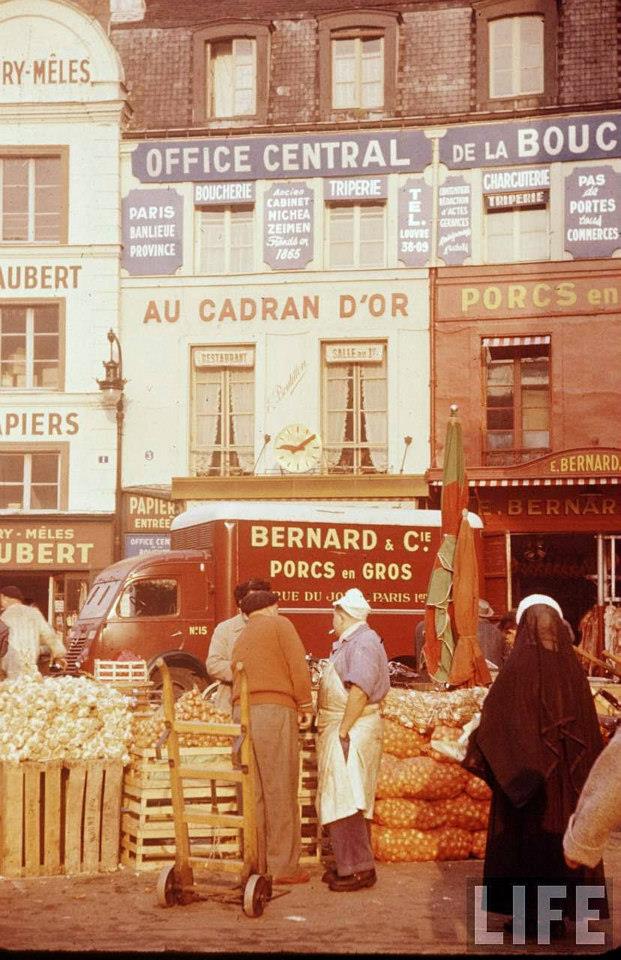
The site was soon earmarked for destruction and Paris undertook what has been called “the move of the century”. In 1971, the bustling wholesale market was dismantled and relocated to the suburb of Rungis, outside Paris. It is now the largest wholesale food market in the world. Two of the glass and cast iron market pavilions were and re-erected elsewhere; one in the Parisian suburb of Nogent-sur-Marne, the other in Yokohama, Japan.
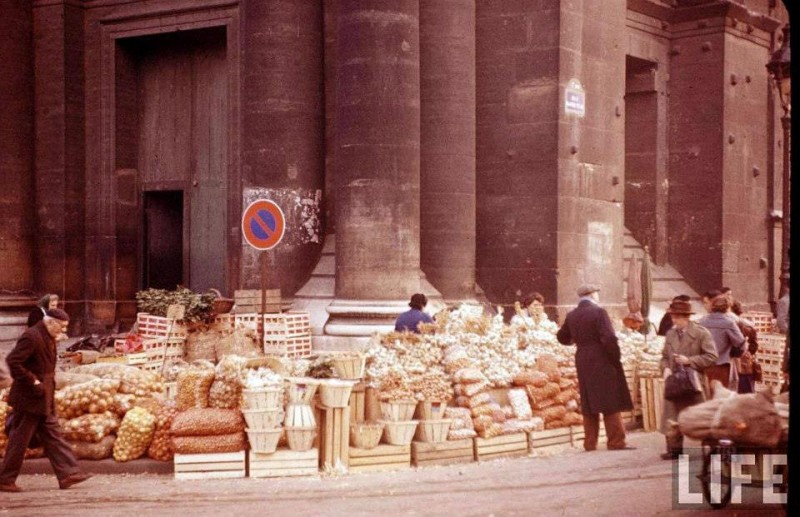
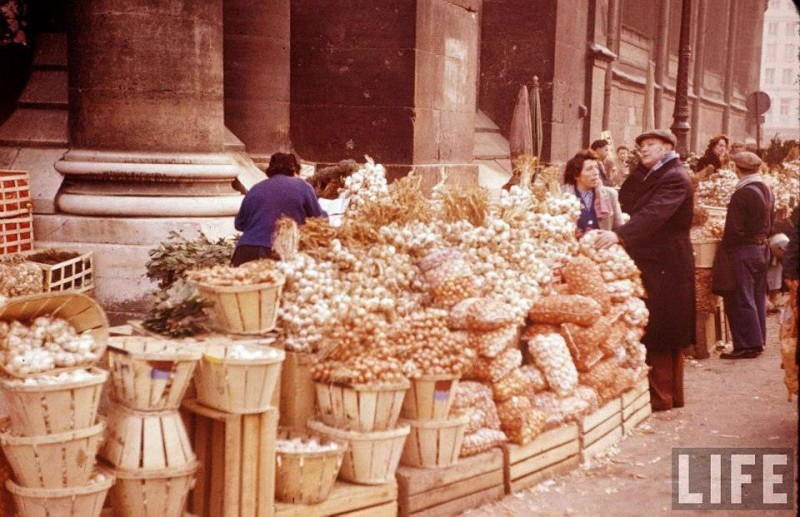
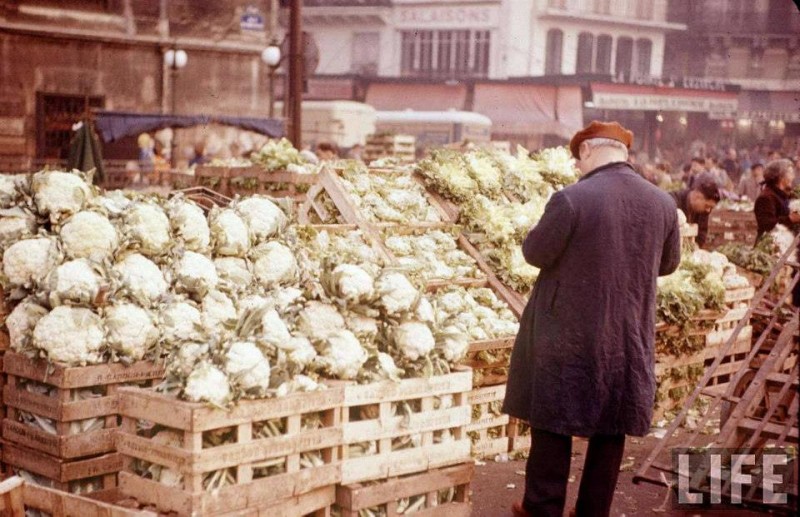
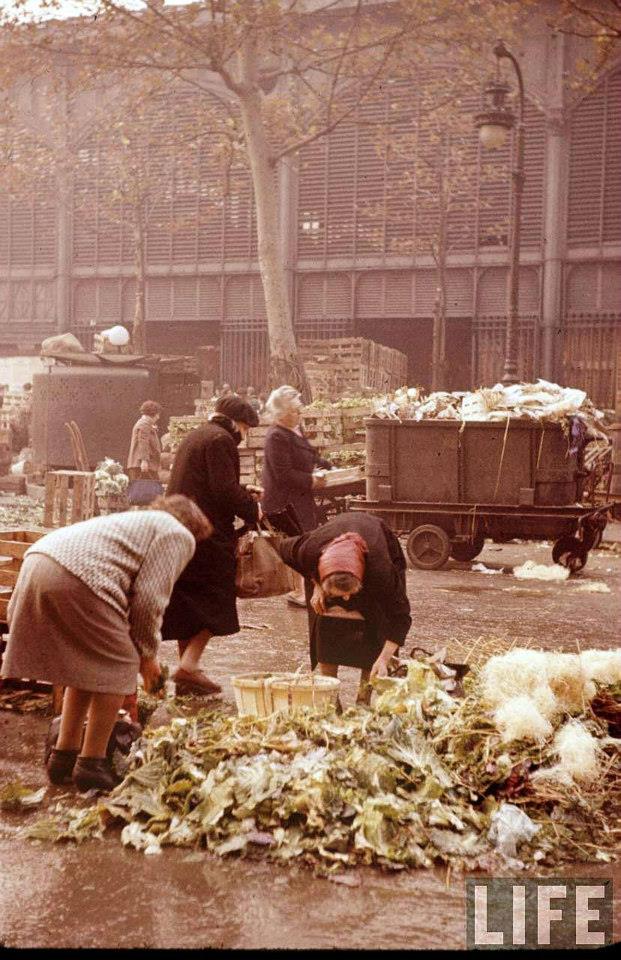
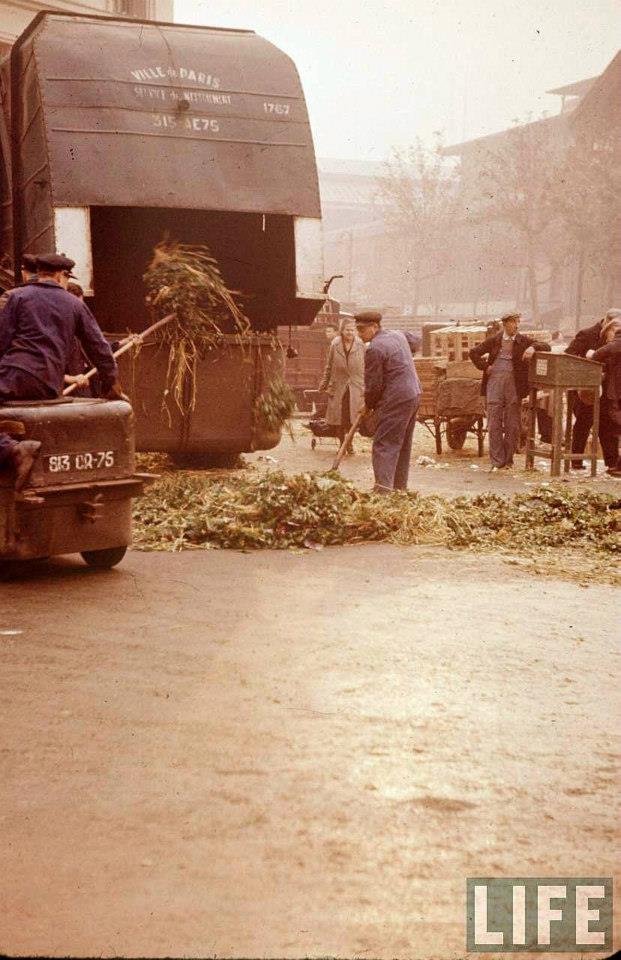
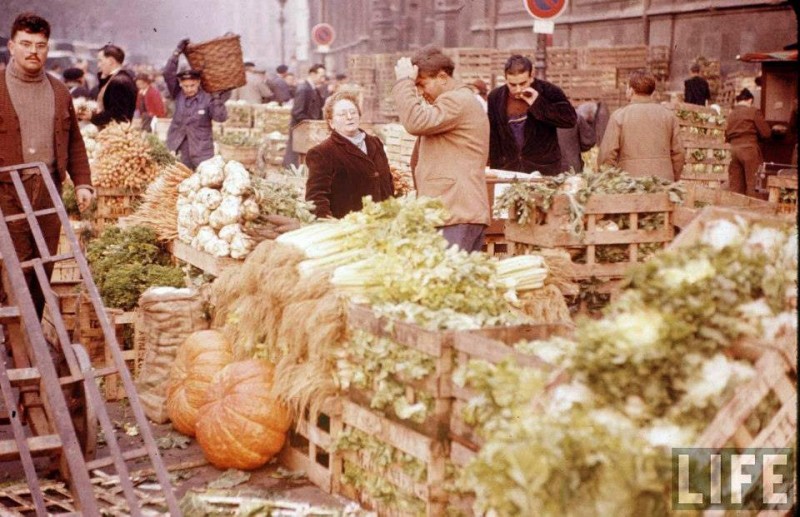
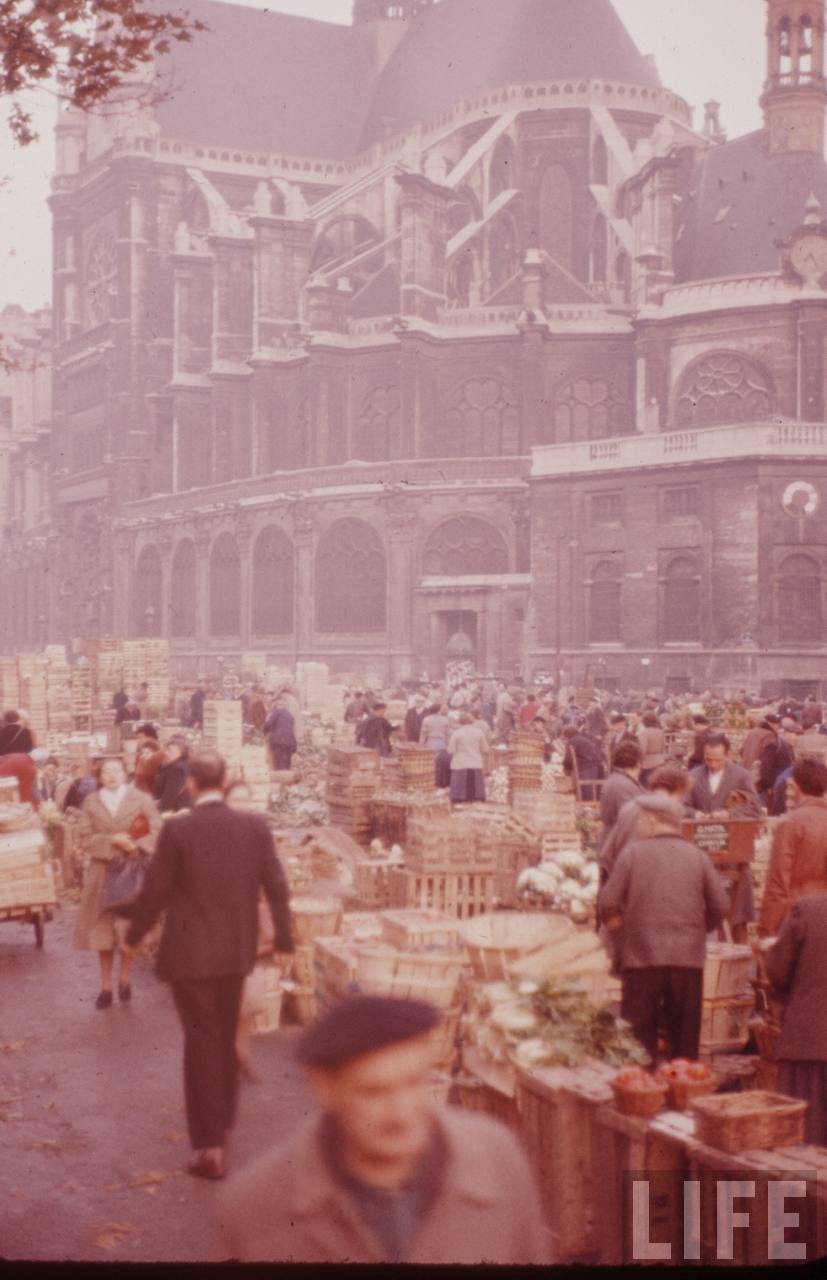
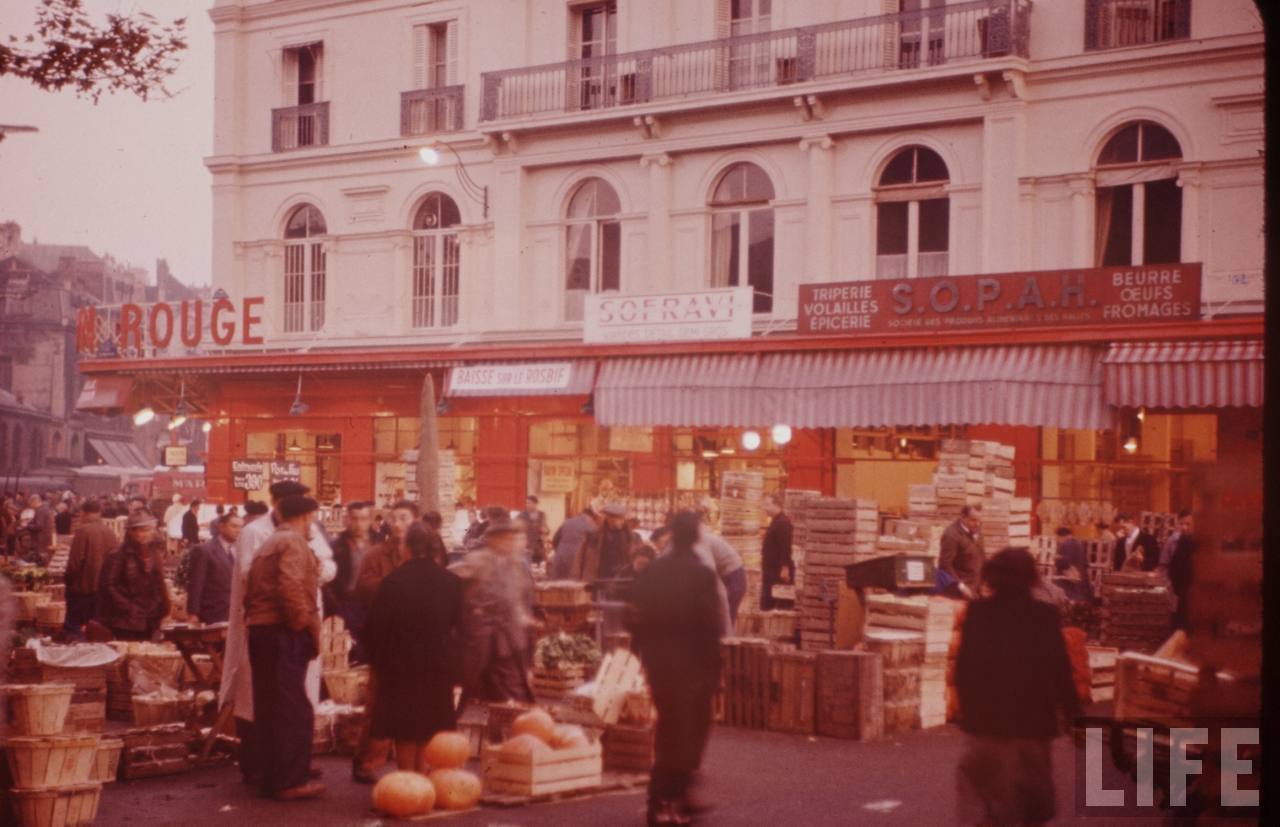
Les Halles retains mythical status in the minds of Parisians and anyone else who was lucky enough to have experienced it.




